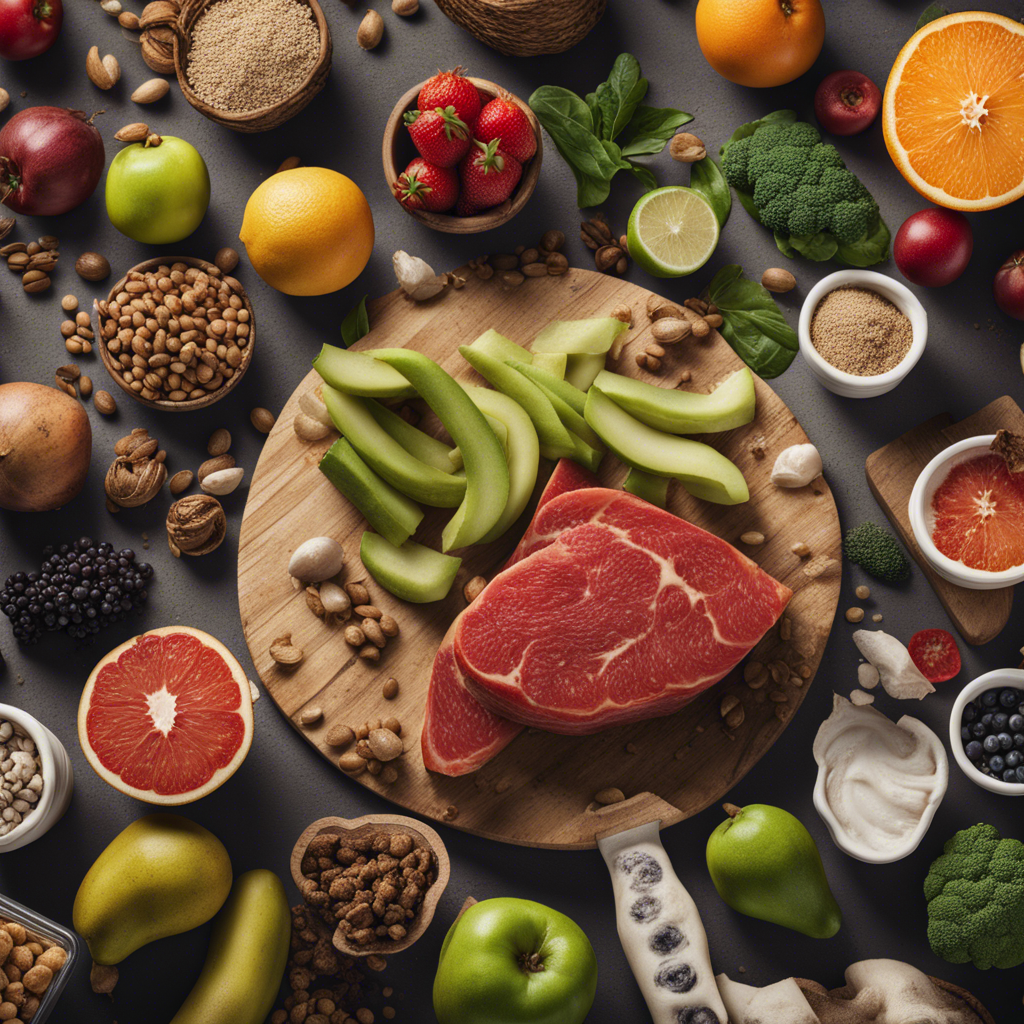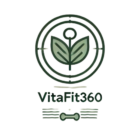The Dirty Dozen 2024: 12 Foods to Always Buy Organic (Avoid Toxins!)
In today’s world, where consumers are more health-conscious than ever, the importance of understanding what goes into our food cannot be overstressed. The Environmental Working Group (EWG) continues to play a vital role in disseminating crucial information that helps consumers make informed choices. Each year, EWG releases the Dirty Dozen list, highlighting fruits and vegetables laden with pesticides and other harmful chemicals. As we venture into 2024, knowing these top offenders becomes integral in guiding our shopping habits, particularly when considering the strategies to manage emotional eating triggers, which can often lead to impulsive, unhealthy food choices.

Organic produce has become synonymous with health and sustainability. Despite the often higher prices, the demand for organic options reflects a growing acknowledgement of the dangers posed by pesticides in fruits and vegetables. The Dirty Dozen 2024 list underscores this reality, suggesting that for these twelve items, opting for organic is not just preferable—it’s necessary. In this article, we will explore the rationale behind prioritizing organic choices, current insights into pesticides, and why these particular foods are once again at the forefront of health discussions.
Understanding Pesticides in Fruits and Vegetables
The Impact of Pesticides on Health
Pesticides are chemicals used to eliminate pests that threaten crops, ensuring higher yields and less crop spoilage. However, their residues remain on the produce we consume, potentially affecting our health. Long-term exposure to pesticides has been linked to numerous health issues, including hormonal imbalances, neurological disorders, and even cancer. For example, children, with their developing bodies, are particularly vulnerable to these toxins, increasing the health risks associated with non-organic consumption.
Why Certain Foods Are More Affected
Some fruits and vegetables are more susceptible to retaining pesticide residues due to their thin skins or irregular surfaces. For instance, strawberries, a long-standing member of the Dirty Dozen list, have tiny pores that can trap chemicals. Similarly, leafy greens like spinach and kale have uneven surfaces that can harbor multiple types of pesticides. This makes such foods prime candidates for being organic must-buys to ensure safety and health.
The Financial Perspective on Going Organic
While buying organic might initially seem challenging due to higher costs, it’s important to weigh these costs against the potential healthcare savings in the long run. Investing in the healthiest organic foods now can reduce your exposure to harmful toxins prevalent in conventionally grown produce. Moreover, methods such as buying in bulk, seasonal shopping, and local sourcing can help mitigate these costs.
The Dirty Dozen 2024: Foods to Buy Organic
A Closer Look at 2024’s Dirty Dozen
The Dirty Dozen 2024 includes many familiar names from previous years, with strawberries and spinach once again topping the list. Apples, grapes, and cherries join them, notorious for pesticide residue due to their popularity and delicate growing conditions. Peppers and potatoes also make the list, each carrying a variety of pesticide types that necessitate an organic choice when shopping.
Practical Tips for Shopping Organic
When shopping for organic produce, prioritize local farmer’s markets where you can often find fresher options that are less expensive than retail organic offerings. Build relationships with vendors to learn about their farming practices, which can influence your buying decisions. Additionally, incorporating these foods into meal planning ensures you maintain a balanced diet while adhering to organic priorities.
Long-term Benefits of Organic Produce
Choosing organic not only protects you from harmful chemicals but supports environmental sustainability. Organic farming practices improve soil health, conserve water, and reduce pollution. This broader impact enhances not just personal health, but the health of the planet as well.
Strategies to Avoid Toxins in Food
How to Integrate Organic Eating Habits
Adopting a healthier lifestyle through organic produce starts with gradual changes. Begin by replacing one food group at a time with organic options. For instance, commit to buying only organic versions of the items on the Dirty Dozen list to make the most significant impact with minimal financial strain. Meal prepping can be essential in managing this transition efficiently.
Importance of Awareness and Education
Staying informed about the latest research on pesticides and organic alternatives enables smarter, safer shopping. Participate in community workshops or online forums to expand your knowledge and share experiences. Education is a powerful tool in the quest to minimize exposure to toxins.
Tools and Resources for Organic Transition
Leverage technology to assist in the transition, using apps designed to track and suggest organic products as per your location. These apps often provide ratings and additional information on the products’ environmental impact, guiding you towards more sustainable choices.

Frequently Asked Questions
What makes a food item part of the Dirty Dozen list?
The EWG creates the Dirty Dozen list based on extensive testing of fruits and vegetables for pesticide residues. Factors such as the frequency and concentration of these chemicals help to identify the most contaminated produce. For instance, strawberries consistently feature due to high pesticide levels even after cleaning.
Is organic produce always pesticide-free?
Not necessarily. Organic certification prohibits the use of synthetic pesticides and fertilizers, but natural pesticides may still be used, albeit in lower quantities. The key difference is the reduced health risks associated with naturally derived substances compared to synthetic chemicals.
How can I afford organic on a tight budget?
Strategize by prioritizing organic purchases for high-risk items, such as those on the Dirty Dozen list. Take advantage of sales, buy in bulk, and explore local farmers’ markets for impactful savings. Joining a community-supported agriculture (CSA) program can also provide periodic organic produce at a lower cost.
Are there health benefits to eating organic?
Eating organic can reduce your exposure to potentially harmful pesticide residues and usually contains higher levels of certain nutrients. Organically grown crops are more likely to have antioxidants and essential vitamins, supporting overall health and well-being.
What other foods should I consider buying organic?
While the Dirty Dozen lists the most pesticide-laden items, other produce like tomatoes, sweet potatoes, and cucumbers are also good candidates for organic purchases. Moreover, consider organic options for dairy, meat, and grains to further reduce dietary toxin exposure.
Conclusion
The insights provided by the Dirty Dozen 2024 list continue to highlight the importance of making informed food choices. Embracing organic produce is a strategic approach to avoid toxins in food and safeguard one’s health. Understanding the link between dietary habits and environmental responsibility also underscores how personal choices contribute to broader ecological and societal benefits.
While the initial shift to organic might require adjustments, the long-term benefits, from personal health to environmental impact, make the transition a valuable investment. As we learn more about the dangers of pesticides and the myriad benefits of organic foods, the decision to buy organic becomes more informed and purposeful.
Ultimately, embracing organic living means taking proactive steps towards a healthier future—not just for individuals but for the planet at large. With available resources and growing awareness, integrating organic practices into daily life has never been more achievable.
Suggested Video Topics
- Understanding the Dirty Dozen: A Deep Dive into the 2024 List
- Organic Food Shopping Tips: How to Prioritize and Save Money
- The Science Behind Pesticides: What You Need to Know for Your Health



